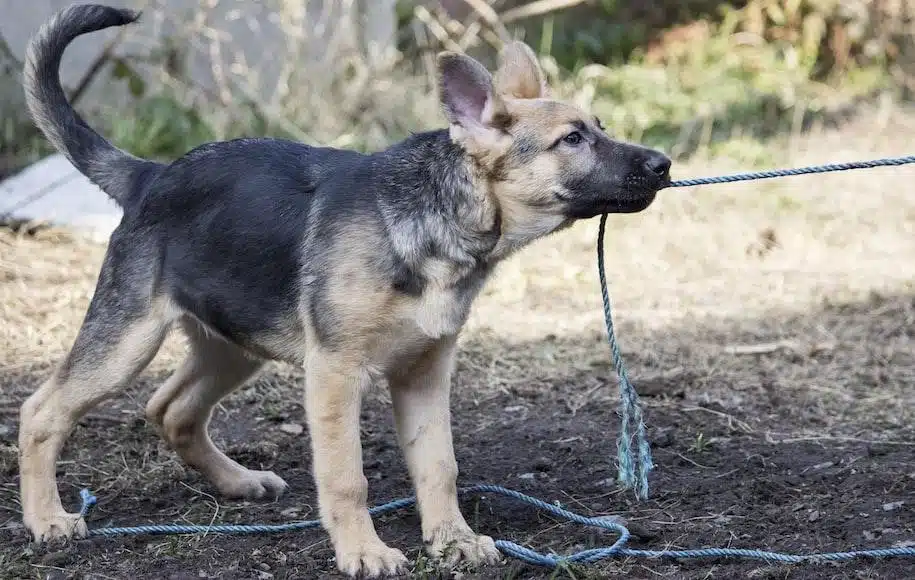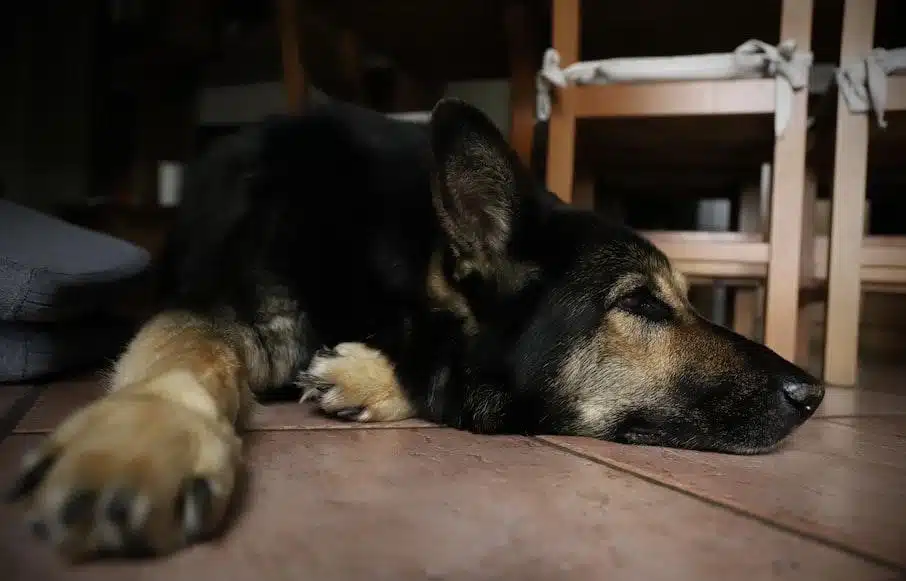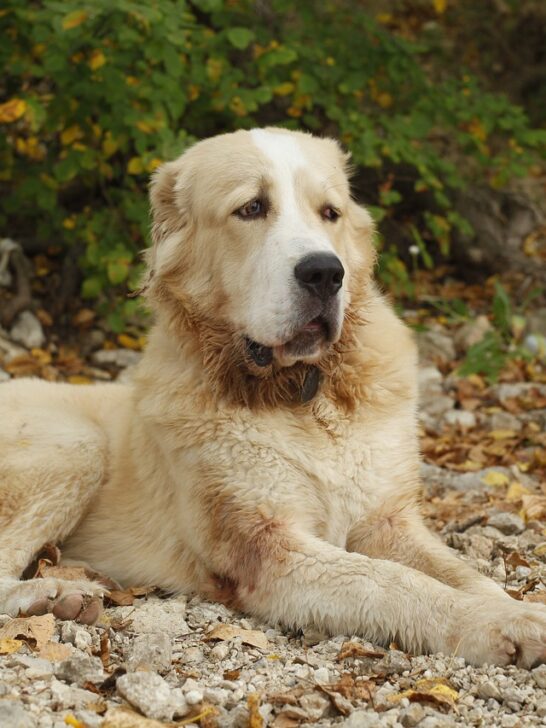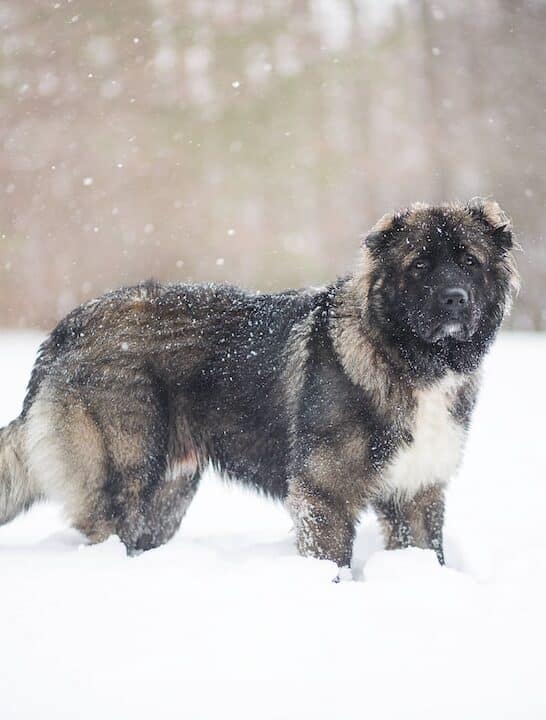German Shepherd Puppy Essentials
There’s no denying the irresistible charm of a German Shepherd puppy. With their floppy ears, playful demeanor, and undying loyalty, it’s no wonder that German Shepherds consistently rank as one of the most popular dog breeds worldwide.
So, if you’ve recently brought home one of these delightful fur balls or are considering adding one to your family, you’re in for an adventure filled with boundless love, laughter, and learning.
As a proud German Shepherd puppy parent, it’s your responsibility to ensure that your new companion has everything they need to grow into a healthy, happy, and well-adjusted adult dog. This involves not only providing love and support but also equipping them with the necessary tools and resources tailored to this specific breed’s needs.
In this article, we’ll guide you through all the German Shepherd puppy essentials every owner should remember about. From understanding their unique dietary needs to selecting the best toys and accessories, we’ve got you covered. Read on to learn how to set your beloved pup up for success as they transition from playful puppyhood to becoming a loyal, well-behaved member of your family.
Key Takeaways:
- Balance your German Shepherd puppy’s diet with a mix of kibble and wet food, ensuring to introduce raw meat in reasonable amounts and follow recommended feeding guidelines.
- Choose a crate that provides ample space for your puppy and add a waterproof tray and comfortable bedding for their safety and comfort.
- Provide a variety of size-appropriate, non-toxic toys to stimulate your puppy’s development and promote healthy habits.
- Expose your puppy to various environments and experiences to build their confidence through socialization, using positive reinforcement to encourage positive behavior.
- Maintain your puppy’s coat and hygiene through regular grooming appointments, weekly at-home brushing, and establishing routines for bathing, ear cleaning, nail trimming, and teeth brushing.
Nutritional Needs: Feeding Your German Shepherd Puppy
German Shepherd puppies have unique nutritional requirements owing to their rapid growth and high energy levels.
One of the best ways to balance your puppy’s diet is to feed it a mix of kibble and wet food. Every dog is different, so the ideal amount of each type of food may vary from one pup to another. You can start by feeding your dog a ratio of 50:50 — 50% of the recommended daily amount of wet food and 50% of the recommended amount of dry.
When it comes to wet food, you can also consider giving your German Shepherd puppy some raw meat. Raw meat is a great protein source for this breed, but make sure not to overdo it when your pup is still essentially just a baby. It may be a good idea to introduce raw meat to your pup’s diet by adding it in reasonable amounts to the wet food.
There is also a long list of other foods you can use to enrich your German Shepherd puppy’s diet.
Remember to follow the recommended feeding guidelines based on your puppy’s age and weight, and consult your veterinarian for personalized advice.
Additionally, maintain a consistent feeding schedule to help your pup establish healthy eating habits. Start by feeding them three to four times a day, gradually reducing this to two meals as they approach adulthood. Be cautious about feeding them table scraps or unhealthy treats meant for humans, as these can lead to obesity or gastrointestinal issues.

A Comfy Haven: Choosing the Right Crate and Bedding
A crate provides a safe and secure environment for your German Shepherd puppy, serving as their den and personal space.
Select a crate that is spacious enough for them to stand up, turn around, and lie down comfortably. As your puppy grows, you may need to upgrade to a larger size or invest in a crate with adjustable dividers. Some owners also decide to buy a large, adult-size crate right away.
Before you make the crate cozy, make sure to put a waterproof tray on the bottom. Your puppy may need some time and regular crate training before you housebreak it. Until it’s trained, the dog may urinate inside the crate, and a waterproof tray will make cleaning much easier.
Inside the crate, choose bedding designed to regulate temperature and provide ample cushioning. Look for materials that are durable and hypoallergenic. Consider adding a soft blanket or a chew-proof crate pad for added comfort. Things made from fabrics such as cotton canvas, Minky, and microfiber should work well.
Toy Time: Engaging Your Pup with Suitable Toys
Toys play a crucial role in your German Shepherd puppy’s development by stimulating its mind, promoting physical exercise, and satisfying its natural instincts. Offer your pup a variety of toys to keep them engaged and entertained.
Make sure the toys are size-appropriate and made from non-toxic materials to ensure your puppy’s safety. Rotate the toys regularly to maintain their interest and prevent boredom. Remember to supervise your pup during playtime, especially when introducing new toys.
The best toys for German Shepherd puppies include:
- Chew toys. As strong chewers, German Shepherd puppies need durable chew toys to satisfy their chewing instincts and promote healthy teeth and gums. Look for toys made from tough materials like rubber or nylon, such as the Kong Classic or Nylabone DuraChew.
- Puzzle toys. Mental stimulation is crucial for your German Shepherd puppy’s development. Puzzle toys challenge their problem-solving skills and keep them occupied. Examples include the Outward Hound Hide-A-Squirrel or the Kong Wobbler.
- Tug toys. Tug toys provide a fun bonding activity and help build strength and coordination in your pup. Choose sturdy tug toys made of rope or strong fabric, like the Mammoth Flossy Chews Cottonblend Rope or ZippyPaws — RopeTugz.
- Fetch toys. Encourage physical exercise and interactive play by incorporating fetch toys into your pup’s routine. Opt for safe and durable options, such as the Chuckit! Ultra Ball or Outward Hound Squeaker Ballz Fetch Dog Toy.
- Soft plush toys. While not as durable as other toy types, plush toys offer comfort and companionship for your puppy. Make sure to choose those with no small parts, such as buttons or beads, that could pose a choking hazard.
You can shop for plush toys crafted with dogs in mind or simply visit your local thrift shop and look for suitable plushies. Just give them a good wash before your pup can play with them.
Always supervise your German Shepherd puppy during playtime and avoid giving them toys that are too small or easily destroyed. Regularly inspect their toys for wear and tear, replacing them when necessary to ensure your pup’s safety.

Puppy Socialization: Confidence-Building Through Exposure
Introducing your German Shepherd puppy to different people, animals, sounds, and environments from a young age is crucial for building their confidence and reducing the likelihood of fear or aggression later in life.
Here are some tips to make this process more successful:
- Enroll in a puppy socialization class. These classes offer a controlled environment where your pup can interact with other dogs and people under the guidance of experienced trainers.
- Arrange playdates. Organize play sessions with other well-behaved dogs or puppies to help your German Shepherd learn appropriate social skills and manners.
- Visit different environments. Take your pup on walks or trips to various locations such as parks, pet stores, outdoor cafes, and busy streets to expose them to different sights, smells, and sounds.
- Use positive reinforcement. Since most German Shepherds are food motivated, you can encourage confident behavior by rewarding your pup with treats when they react positively to new experiences. Praise and affection are also recommended.
Remember that patience is key during the socialization process — every dog progresses at their own pace.
Grooming Basics: Maintaining Your Puppy’s Coat and Hygiene
German Shepherds have a double coat that requires regular grooming to maintain their health and appearance. It’s a good idea to take your puppy to regular groomer appointments. However, you need to choose the right time.
In general, it’s recommended to wait till your puppy gets its first round of shots from the vet. Moreover, at the first grooming appointment, your German Shepherd puppy should be no younger than 12 weeks and no older than 6 months.
Aside from the professional care, you will also need to groom your puppy at home at least once a week. A duo of good deshedding and slicker brushes will help remove loose fur. Aim to brush your puppy’s coat at least once a week using a slicker brush or an undercoat rake. This will help remove loose hair, minimize shedding, and prevent matting.
Introduce your puppy to bathing early on, using gentle dog shampoo specifically designed for sensitive skin. Additionally, establish a routine for cleaning their ears, trimming their nails, and brushing their teeth to maintain overall hygiene and prevent potential health issues.

Safety First: Puppy-Proofing Your Home and Yard
Creating a secure and hazard-free environment for your German Shepherd puppy is essential for their well-being. By taking the necessary steps to puppy-proof your home, you can prevent accidents and injuries, giving your pup a safe space to explore and play.
To ensure your puppy’s safety indoors, follow these guidelines:
- Conceal electrical cords and cables. Use cable organizers or covers to protect cords from curious puppies who may chew on or become entangled in them.
- Remove choking hazards. Keep small items like children’s toys, coins, and batteries out of reach, as they can be easily swallowed by your pup.
- Secure cabinets and drawers. Use childproof locks or latches to prevent access to cabinets containing harmful substances such as cleaning supplies, medications, or personal care items.
- Restrict access to certain areas. Utilize baby gates to limit your puppy’s access to potentially dangerous areas such as staircases, kitchens, or rooms with fragile items.
- Safeguard against falls. If you have open windows or balconies, install safety screens, nets, or bars to prevent your pup from falling.
This way, you can create a secure haven for your German Shepherd puppy to grow, learn, and play in. With these safety measures in place, you can focus on enjoying the journey of raising your beloved furry companion.
Final Thoughts
Raising a German Shepherd puppy is an exciting and rewarding journey that requires dedication, patience, and proper preparation.
Luckily, by understanding your pup’s unique nutritional needs, providing a comfortable crate and bedding, offering a variety of engaging toys, maintaining grooming routines, and focusing on early socialization, you can set your furry companion up for success. Additionally, ensuring a safe and secure living environment is essential for your pup’s well-being.
With the right approach and consistent effort, your German Shepherd puppy will grow into a well-adjusted, loyal, and loving member of your family, providing you with years of joy and companionship.




















